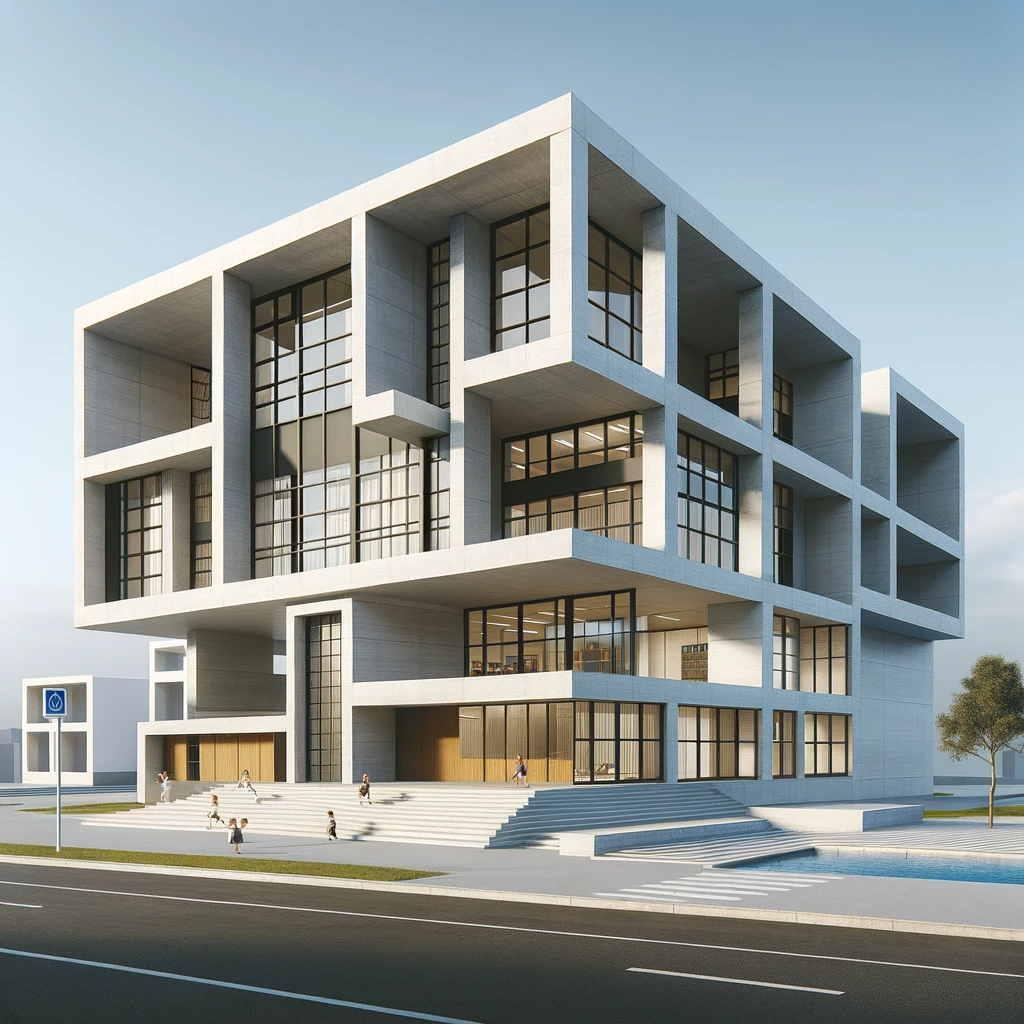
PROJECT : Case Study For Research and Development in Educational Innovation
SERVICES : Branding, User Experience, Digital Design, Interior Design/Architecture
|
|
|
|
|
|
|
|
|
︎︎︎
The central idea behind this original thesis’ brand concept was “MIMO Labs” (Minds In Motion). This concept revolved around addressing the issue of digital addiction, which is a growing concern among today’s youth. The proposed solution aimed to develop a school and its range of products that would serve as the official tools for the school’s curriculum (while also being available for sale elsewhere). These products would combine traditional analog methods with cutting-edge technologies.
![]()
The overarching objective was to empower students to pursue their preferred learning styles while ensuring a safe and conducive environment. This would be achieved by creating visually stimulating and enjoyable icons, textbooks, and apps. The intention was to enhance the desire to learn through engaging design.As previously mentioned, the ultimate goal was to equip students with the ability to be self-learners a valuable skill that would continue to benefit them long after their formal education. The following are the original design concepts, which upon further development of The Next School, will be revised.

Generative AI Representation of the Next School Elementary Campus
Problem_A new world, full of innovation demands that we also innovate our educational systems and tools to encourage learning and assist children in adapting to the rapid changes of their futures.
Solution_
Through thoughtful design, spanning from visual communication within classrooms to the architecture of schools, coupled with innovative curricula and educators adopting groundbreaking educational methods, we can create an alternative educational environment where children not only thrive but also develop a strong desire to learn. This approach taps into their innate curiosity, transforming the perception of learning from a mundane obligation to an exciting and fulfilling journey. By fostering this new educational paradigm, we can empower children to become successful and motivated learners, eager to explore and understand the world around them. The desired outcome should create a learning environment where school is not thought of as stepping stone, but a tool in which young people learn to learn for themselves long after they have graduated.
Design Initiatives _
Modular Classrooms _ Flexible classroom designs that can be easily reconfigured for different learning activities and group sizes, with movable walls and furniture.
Interactive Surfaces _ Surfaces like desks or walls that work as touchscreens, allowing students to interact with digital content directly.
Green Spaces _ Incorporating indoor and outdoor green spaces for recreation and education, such as vertical gardens or green rooftops; incorporating elements of nature into the building design to reduce stress and improve student well-being and productivity.
IoT Integration _ Internet of Things (IoT) devices for monitoring and controlling various aspects of the school environment.
Virtual/Augmented Reality Labs _ Spaces equipped with VR/AR gear to provide immersive learning experiences, from virtual field trips to complex scientific simulations.
Maker Spaces _ Areas with tools for creative projects, including 3D printers, laser cutters, and electronics workstations to encourage hands-on learning and innovation.
Smart Libraries _ Digital libraries with e-books and interactive media alongside traditional books; rooms for quiet study with technology to assist in research and learning.
Collaboration Zones _ Open areas designed to foster collaboration and social learning, equipped with technology for group projects and presentations.
Accessibility Features _ Designing with inclusivity in mind, ensuring that the school is accessible to all students, including those with disabilities, using technology to aid learning.
Wayfinding Systems _ Digital signage and interactive maps to help students, staff, and visitors navigate the school complex with ease.
Safety and Security _ Advanced security systems like biometric scanners for access control, and cameras integrated with AI for monitoring safety.
Learning Analytics _ Systems that track student engagement and performance to provide personalized learning and identify areas where students may need additional support.
Citations _
Lehrer, Jonah. “Why Do Some People Learn Faster?” wired.com. Wired Magazine. Oct. 4, 2011.
Davis, Joshua. “How a Radical New Teaching Method Could Unleash a Generation of Geniuses.” wired.com. Wired Magazine. Oct. 15, 2013.
Borden, Jeff. “Education 3.0: ‘Learning Psychology’ — Embracing Better Ways to Teach.” wired.com. Wired Magazine. October 28, 2013.
Gladwell, Malcolm. Outliers: The Story of Success. London: Penguin Group, 2009.
Mcluhan, Marshal. “Understanding Media: The Extensions of Man.” Massachusetts: MIT Press. 1994.
Community Team. “Should Canada be Taking Lessons From Finland’ Approach to Educa- tion” cbc.com. CBC News. February 18, 2013.



